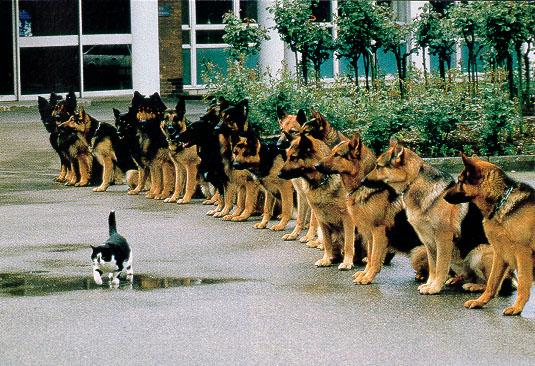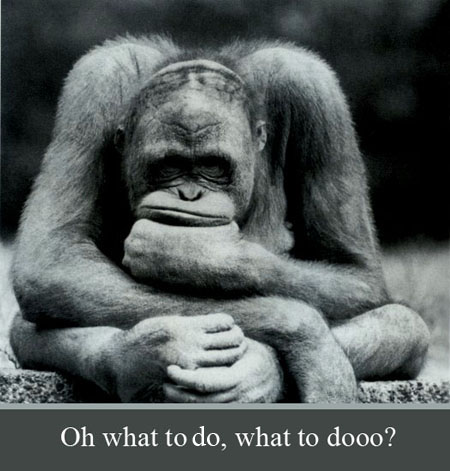A Different Kind of Innovation Process Improvement
We know from extensive research that idea generation can be enhanced—sometimes dramatically—by the in-the-room strategies that are employed. We’ve learned how to leverage our creativity by getting people to think in certain ways (and stop thinking in certain ways), by adopting a certain mindset, a mindset that produces measurably better outcomes. But what about the mindset outside the room? The same level of creativity and spontaneity, of improvisation and exploration that fuels those ideas in the first place, is needed throughout the innovation cycle...and is often lacking.







